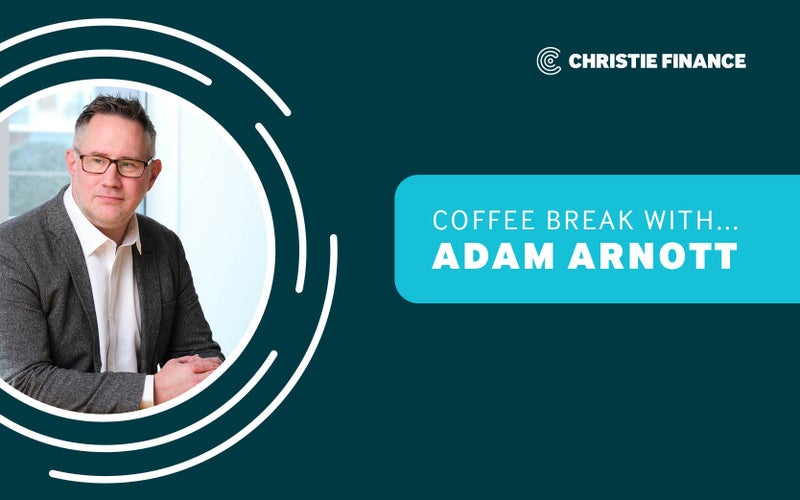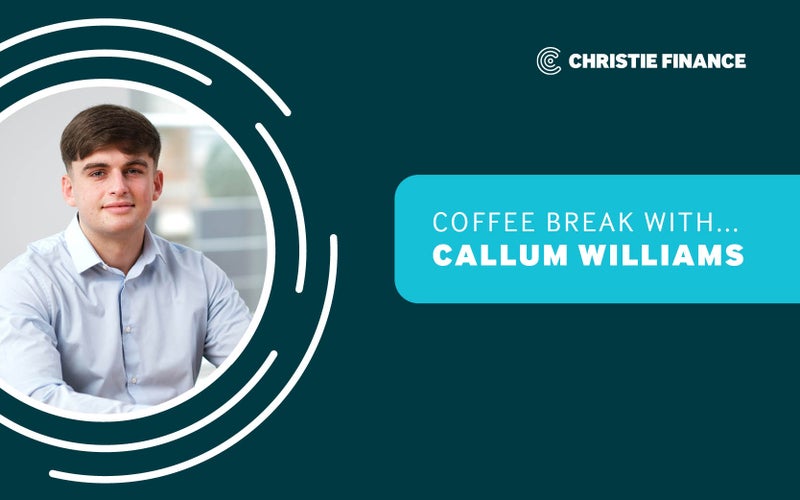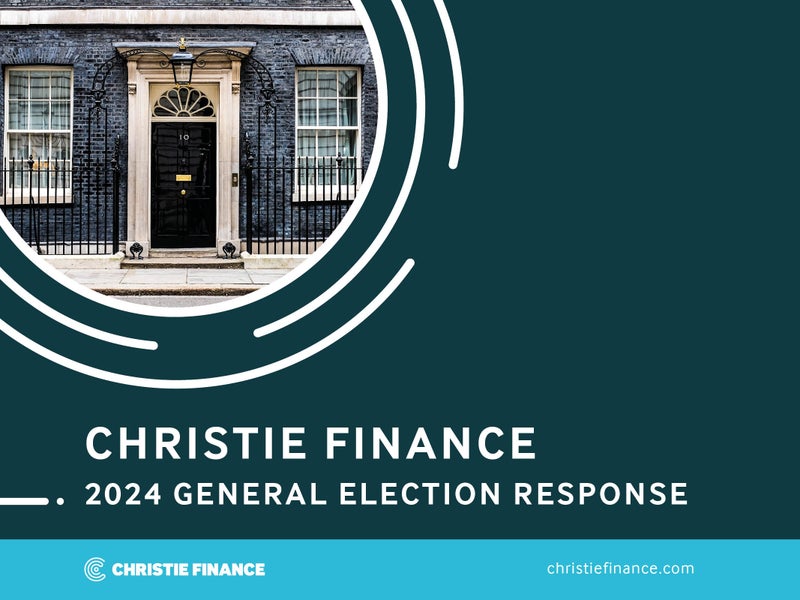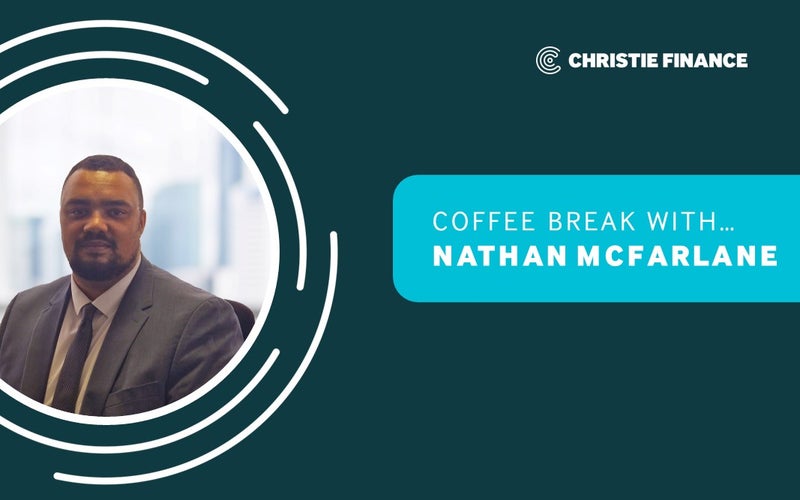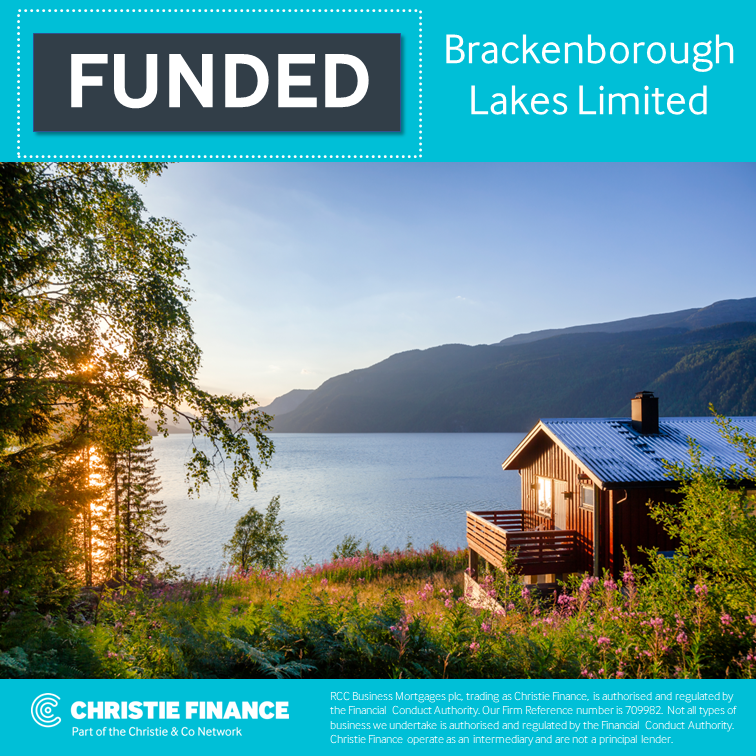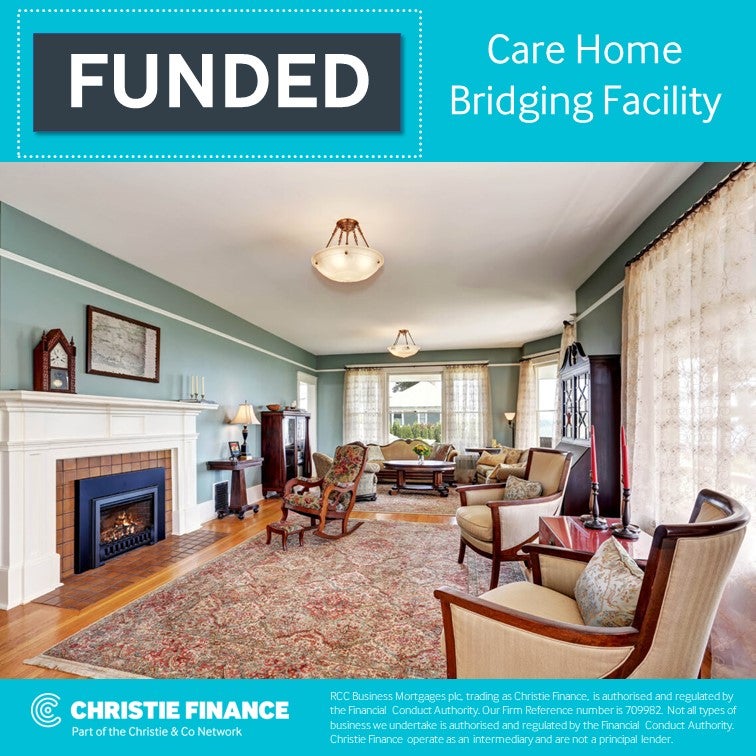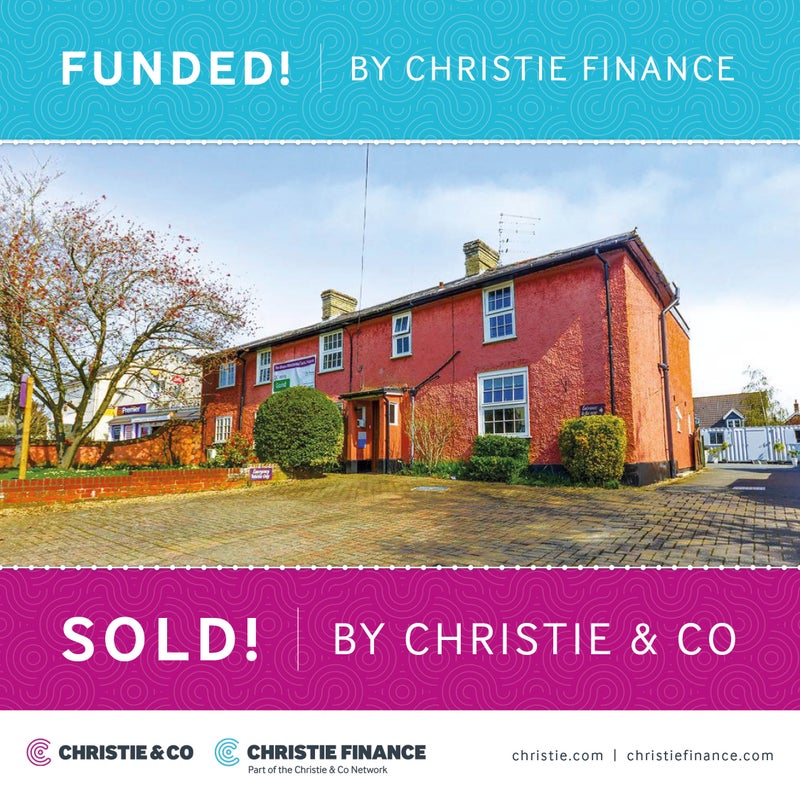Don’t get caught out by headline rates for development finance
After many years of cautious lending from High Street Banks, there is now much more choice for developers with alternative lenders out there who are prepared to take a more flexible approach to property development finance.

However, the headline lending rate should not be the only factor in choosing the right lender and finance facility for a project.
If you are a developer who hasn’t got a demonstrable track record of building and exiting projects in recent years, have limited cash resources, or perhaps would just prefer to keep your surplus cash for the next land or property purchase, then you may look to one of these lenders.
Specialist development finance providers are separated into 3 main tiers,
1. Challenger banks
2. Peer-to-peer platforms
3. Bridging lenders.
We have seen a surge in the number of lenders entering the market to fill the gap the High Street Banks have created.
To give an idea of what this type of finance can cost, below are some examples of the associated interest rates and costs.
The important factor to consider when looking at this type of finance is all of the costs associated with your project and not just the headline interest rate.
Arrangement Fee
These generally vary from 1% to 3% of the loan amount. Some lenders may ask for part of the fee to be paid upon acceptance of the loan offer, which is often refunded at completion.
Monthly Interest Rate
On development finance and bridging loans you will be quoted an interest rate per month not per annum. Typically, rates are quoted from as low as 0.66% per month anything up to 1.75% per month.
Exit Fee
This is charged when you repay the loan. Again, this varies greatly – from no fee charged, to a percentage of the Gross Development Value (GDV), a percentage of the loan amount, a fixed amount, or 1 month’s interest.
Loan amount
The amount you can borrow is generally linked to the GDV (rather than the cost). So it is possible to obtain 50-70% of the GDV, which can potentially give you 100% of the build cost.
Interest roll up
Some lenders will insist that interest is included in the loan amount, so you don’t have to make monthly payments, however this can reduce the overall amount you can receive.
Example:
A client looking at a 2 stage draw down to purchase a building and then redevelop it. Initial advance of £114,485 (for 4 months), then stage payments over 4 months to take total loan to £240,485. The arrangement fee, valuation and legal fees were the same on both options.
Option 1:
1.35% interest p/m, No interest roll up, 1% exit fee
Total cost including interest £260,357
Option 2:
1% interest p/m, Interest roll up, £8,000 exit fee
Total cost including interest £261,793
The above example shows there is very little difference between the two options when you look at the overall cost. It also highlights why you should not focus on headline interest rate in isolation as option 2 was actually more expensive due to the associated costs.
If you are looking for development finance for your scheme then it is always worth consulting a specialist commercial finance broker. Here at Christie Finance we have the skills and expertise to ensure our clients’ needs are looked after and the best deals sourced.

